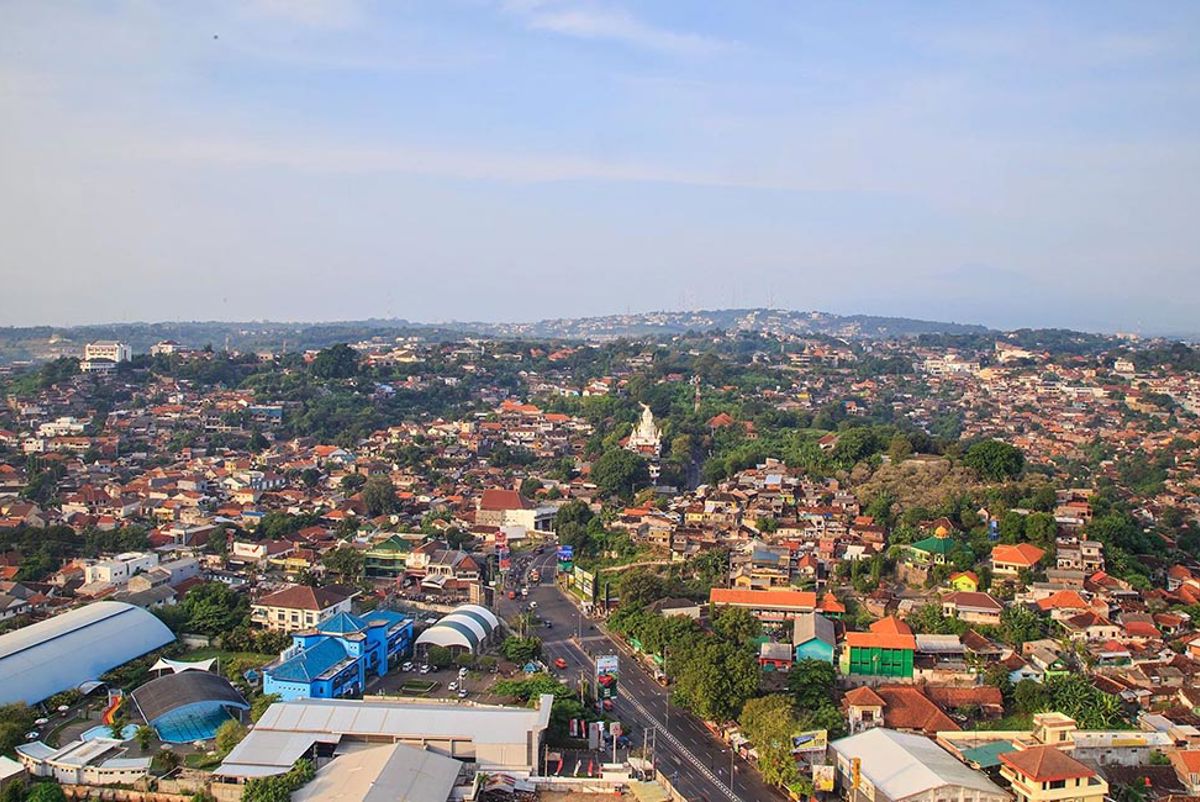Define a city resilience strategy

To establish a city’s resilience, we have to explore the full spectrum of potential climate threats it faces: this includes ecosystems and green and blue spaces, human safety, natural disasters and climate change, and land degradation. This initial research forms the basis of a city’s resilience strategy, providing a definitive reckoning with local risks, current and predicted.
In over ten years of work on city resilience, in contexts as varied as Lima, Ho Chi Minh City, Seattle and Kampala, we have helped a generation of leaders to identify vulnerabilities and take action on leadership and strategy, economic and social factors, infrastructure and ecosystem risks, and health and wellbeing.
Learn more about the City Resilience Index.
Another growing issue, is communities' access to clean drinking water. Learn more about our City Water Resilience Approach, a framework to help decision makers strengthen their supply of this vital resource.
The City Resilience Index is an excellent tool that highlights areas of improvement, identifies weaknesses and concentrates minds towards finding innovative ways to mitigate against risk. The international and flexible nature of the index enables a wider understanding beyond that of the usual local or national approach.
How do we make cities resilient to climate change?
For every city, building resilience to climate change is a complex challenge.
